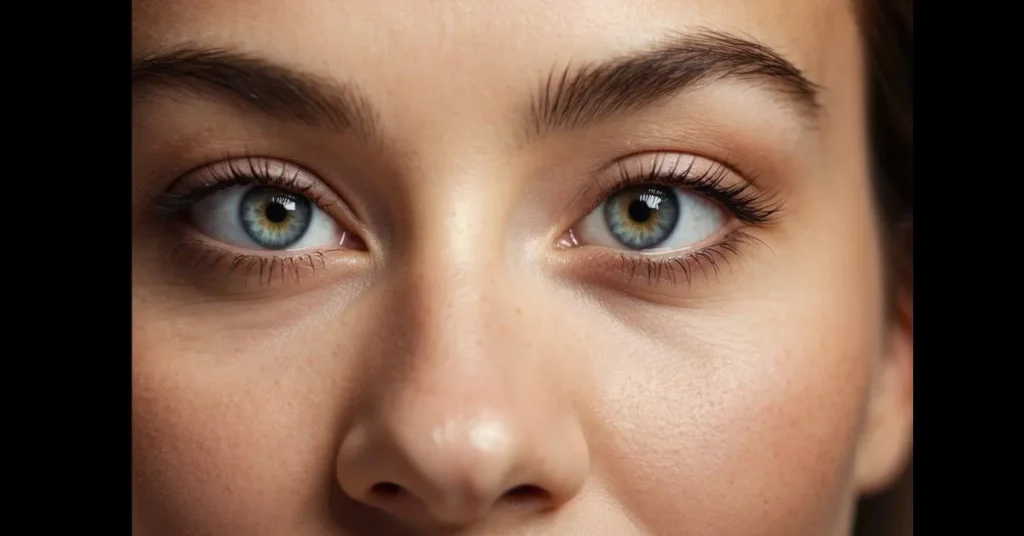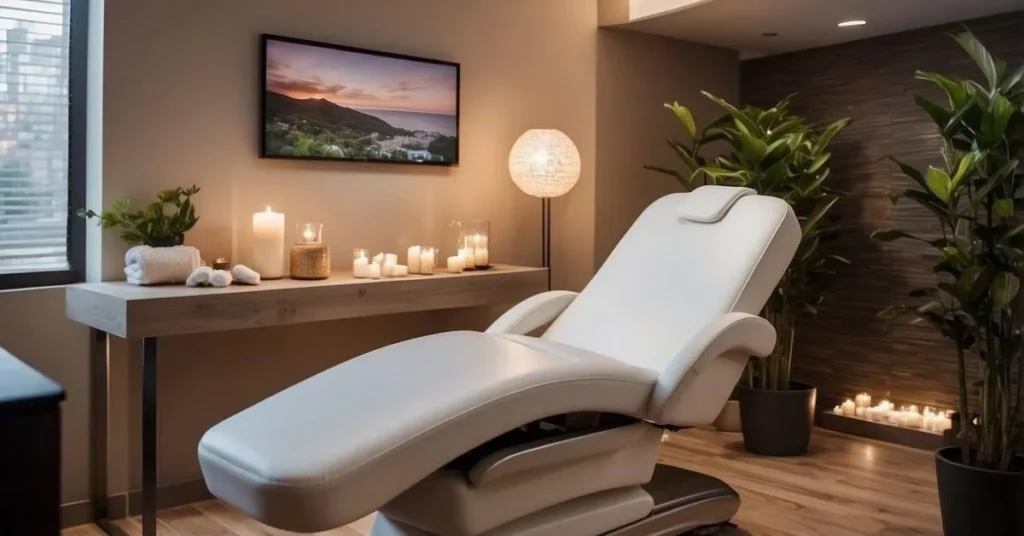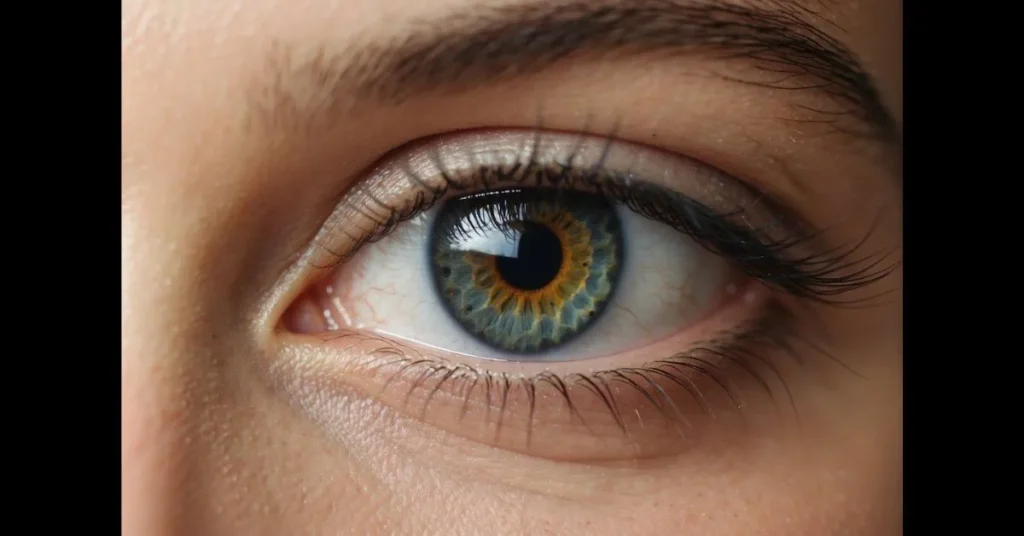Under-eye fillers have become increasingly popular in the cosmetic industry due to their ability to provide a more youthful appearance. This minimally invasive dermatological procedure known as under-eye filler involves injecting a hyaluronic acid-based filler into the under-eye area to plump up the skin and reduce the appearance of dark circles, hollows, and wrinkles.
One of the benefits of under-eye fillers is that they provide immediate results. Patients often leave the office with a brighter, more refreshed look. Additionally, the plumping effect of the filler can help to restore volume to the under-eye area, which can make a person look less tired and more alert.
While under-eye fillers are not a permanent solution, they can last for several months to a year, depending on the type of filler used and the individual patient. This makes them a convenient option for those who want to improve the appearance of their under-eye area without undergoing surgery.
Contents
Understanding Under-Eye Fillers
Under-eye fillers are a type of cosmetic treatment that can help reduce the appearance of dark circles, fine lines, and wrinkles under the eyes. This treatment involves injecting a substance into the under-eye area to add volume and smooth out the skin.
What Are Under-Eye Fillers?
Under-eye fillers are a type of dermal filler, which means they are substances that are injected into the skin to add volume and reduce the appearance of wrinkles and fine lines. The most common types of fillers used for under-eye treatments are hyaluronic acid fillers, such as Restylane, Juvederm, and Belotero.
Types of Fillers
There are many different types of fillers available for under-eye treatments, each with its own unique properties and benefits. Hyaluronic acid fillers are the most common type of filler used for under-eye treatments because they are safe, effective, and long-lasting. Other types of fillers that may be used for under-eye treatments include collagen fillers, calcium hydroxylapatite fillers, and fat transfer.
Role of Hyaluronic Acid
Hyaluronic acid is a naturally occurring substance in the body that helps keep the skin hydrated and plump. When injected into the under-eye area, hyaluronic acid fillers can help add volume and smooth out the skin, reducing the appearance of dark circles, fine lines, and wrinkles. Hyaluronic acid fillers are also long-lasting, with results that can last up to 12 months or more.
Benefits and Aesthetic Improvements
Under-eye fillers are a popular cosmetic treatment that can provide many benefits and aesthetic improvements. Here are some of the ways in which under-eye fillers can enhance the appearance of the under-eye area:
Reducing Dark Circles and Shadows
One of the most common complaints people have about their under-eye area is the presence of dark circles and shadows. These can make a person look tired, aged, and unhealthy. Under-eye fillers can help to reduce the appearance of dark circles and shadows by filling in the hollows under the eyes and smoothing out the skin. This gives the under-eye area a more even and youthful appearance.
Diminishing Wrinkles and Fine Lines
Another common concern people have about their under-eye area is the presence of wrinkles and fine lines. These can make a person look older than they are and can be difficult to conceal with makeup. Under-eye fillers can help to diminish the appearance of wrinkles and fine lines by plumping up the skin and smoothing out any creases. This can give the under-eye area a smoother and more youthful appearance.
Restoring Volume and Contour
As people age, they may experience a loss of volume and contour in their under-eye area. This can make the eyes appear sunken and hollow, which can be unflattering. Under-eye fillers can help to restore volume and contour to the under-eye area by filling in the hollows and creating a more rounded and youthful appearance. This can make a person look more awake, alert, and refreshed.
Procedure and Safety Considerations

Selecting a Qualified Provider
When deciding to undergo an under-eye filler procedure, it is important to select a qualified provider. The procedure should be performed by a board-certified dermatologist or board-certified plastic surgeon with experience in administering dermal fillers. The provider should have a thorough understanding of facial anatomy and be able to discuss the risks and benefits of the procedure with the patient.
Patients should also ensure that the provider is using FDA-approved fillers. The FDA has approved several types of hyaluronic acid fillers for use in the under-eye area, including Restylane, Juvéderm, and Belotero Balance. These fillers have been shown to be safe and effective when administered by a qualified provider.
The Injection Process
The injection process for under-eye fillers typically takes less than 30 minutes. Before the procedure, the provider will clean the under-eye area and may apply a topical numbing cream to minimize discomfort. The filler is then injected into the under-eye area using a small needle or cannula.
Patients may experience some mild discomfort during the injection process, but this should be minimal. After the procedure, patients may experience some swelling and bruising, but these side effects typically subside within a week.
Potential Risks and Side Effects
Like any medical procedure, under-eye fillers carry some risks and potential side effects. These may include:
- Swelling and bruising
- Redness and tenderness at the injection site
- Infection
- Allergic reaction
- Asymmetry or lumps
Costs and Aftercare

Understanding the Costs
Under-eye fillers are a cosmetic procedure, and the cost can vary depending on the professional and geographical location. According to the search results, the typical cost of under-eye filler is around $1,000, but it could vary based on how many syringes are needed to achieve the desired result. Usually, multiple syringes are required to achieve the desired results, and the cost can range from $684 to $2,508 per syringe.
It is important to note that the cost of under-eye fillers is not covered by medical or vision insurance. Therefore, individuals who are considering this procedure should be prepared to pay for it out of pocket.
Aftercare and Recovery
After receiving under-eye fillers, it is essential to follow proper aftercare instructions to minimize swelling and bruising. Individuals should avoid touching or rubbing the treated area for at least 24 hours after the procedure. They should also avoid strenuous physical activity for at least 24 hours.
To reduce swelling, individuals can apply a cold compress to the treated area for 10 to 15 minutes at a time, several times a day, for the first 48 hours after the procedure. It is also recommended to sleep with the head elevated for the first few nights after the procedure.
Bruising is a common side effect of under-eye fillers. To minimize bruising, individuals should avoid taking blood-thinning medications, such as aspirin and ibuprofen, for at least a week before the procedure. They should also avoid alcohol and smoking for at least 24 hours before and after the procedure.

